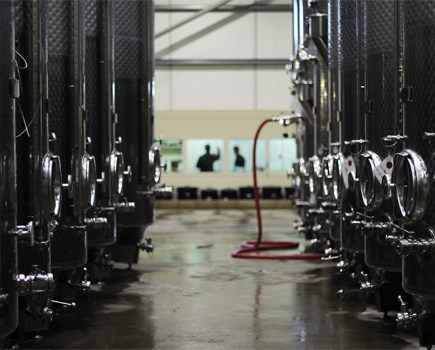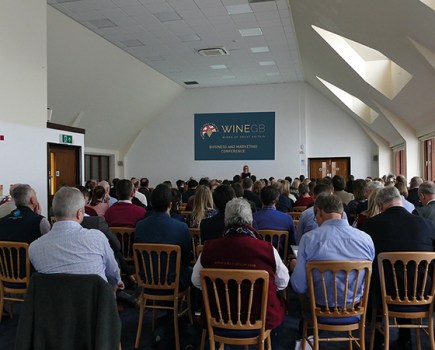This month I visited Nyetimber, who are committed to using estate-grown fruit to fill their one million bottle per year winery. Finding suitable parcels of land has led to the creation of nine different Nyetimber vineyards spread over three counties. Proud of where its fruit comes from, regardless of geographic spread, each wine clearly lists which county(s) the grapes were sourced from.
Not all wineries looking to ambitiously increase production capabilities are able to invest in substantial acreages, more machinery and personnel, and consequently, the industry has seen a rise in the number of contract growers.
As grapes are sold around England and Wales, does the industry need to be more open with consumers about the provenance of its wines? While many wineries clearly state, and celebrate, where they source their fruit, there are numerous producers who are not as transparent.
It is always frustrating when respected producers state on their websites that fruit doesn’t travel long distances to the winery, to find they use growers located over 50 miles away, or to see producers who conveniently omit information, only discussing it, often reluctantly, when asked.
Instead of allowing consumers to automatically assume that a producer’s wines are made solely from grapes grown in the producer’s vineyard(s), producers should consider the benefits of being upfront.
Becoming more transparent now, while the industry is still young, is the best way to prevent issues from arising further down the line as consumers gain curiosity about the industry and start asking more questions about production. Nobody wants to look like Tesco did after its fake “British” farms labelling fiasco; the industry simply cannot afford to lose consumers’ trust.
Perhaps there is a snob factor of trying to paint a perfect ‘single estate’ picture. But if fruit blended from multiple sites, with distinctive ‘terroir’, helps to enhance a wine’s complexity, should winemakers not have the confidence to be upfront with consumers about why they have chosen to source fruit from other growers, even if they are located in a different part of the country?
Perhaps this moral issue stems from the worry that consumers will assume that anyone buying in fruit has only needed to do so because theirs wasn’t good enough. But should producers not feel comfortable explaining to customers that they are sourcing fruit to help meet growing demands.
The industry has an excellent opportunity to educate consumers about why using vineyards spread across a wider area reduces risk of weather damage and ensure more consistency year on year. As strong, recognisable wine brands are built, producers can rise above regional constraints to take more pride in the skilled growers producing high quality fruit throughout the UK, not just in the area in which the winery is based.
Turning our thoughts to harvest, see page 9, while there is still a way to go before 2018 can be declared the perfect vintage we have all been anticipating, the ideal weather at the start of the season has left growers in England and Wales with heavy cropping potential. Bumper crops are not always welcome in agriculture, but with wine sales moving in the right direction, and established brands looking to fulfil demand, there should be plenty of homes for quality fruit this year. – Victoria Rose
To share your thoughts email: letters@vineyardmagazine.co.uk



